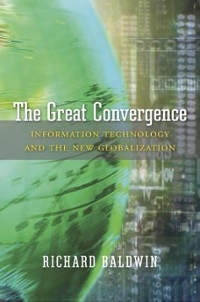Answered step by step
Verified Expert Solution
Question
1 Approved Answer
Hi. I previously asked the question in the picture attached, and got the answer that is also attached in a picture. However, while it is
Hi. I previously asked the question in the picture attached, and got the answer that is also attached in a picture.
However, while it is a great answer, could you explain why the tradeoff would disappear, when wage setters catch on? I do not understand why it disappears


Step by Step Solution
There are 3 Steps involved in it
Step: 1

Get Instant Access to Expert-Tailored Solutions
See step-by-step solutions with expert insights and AI powered tools for academic success
Step: 2

Step: 3

Ace Your Homework with AI
Get the answers you need in no time with our AI-driven, step-by-step assistance
Get Started


